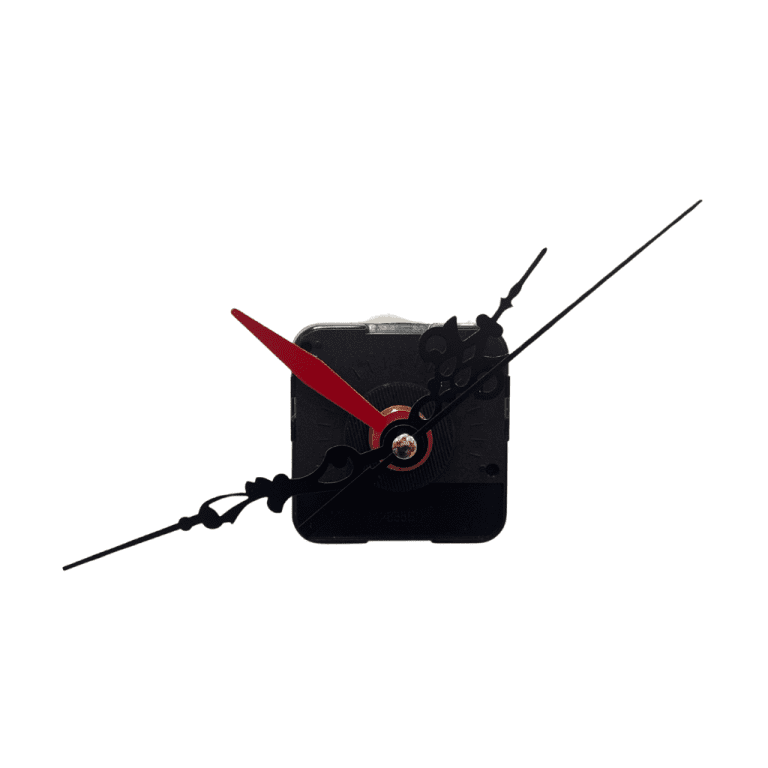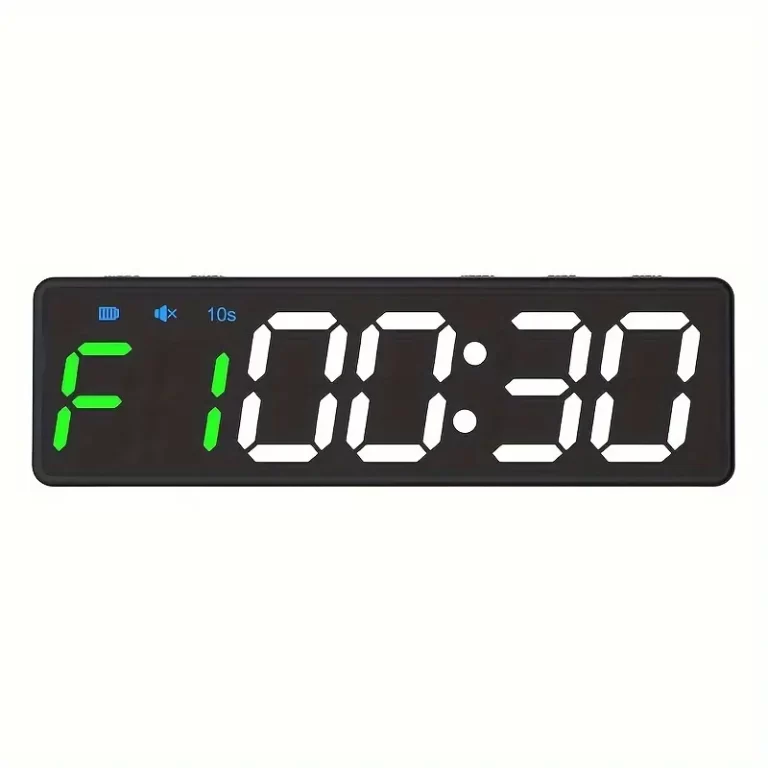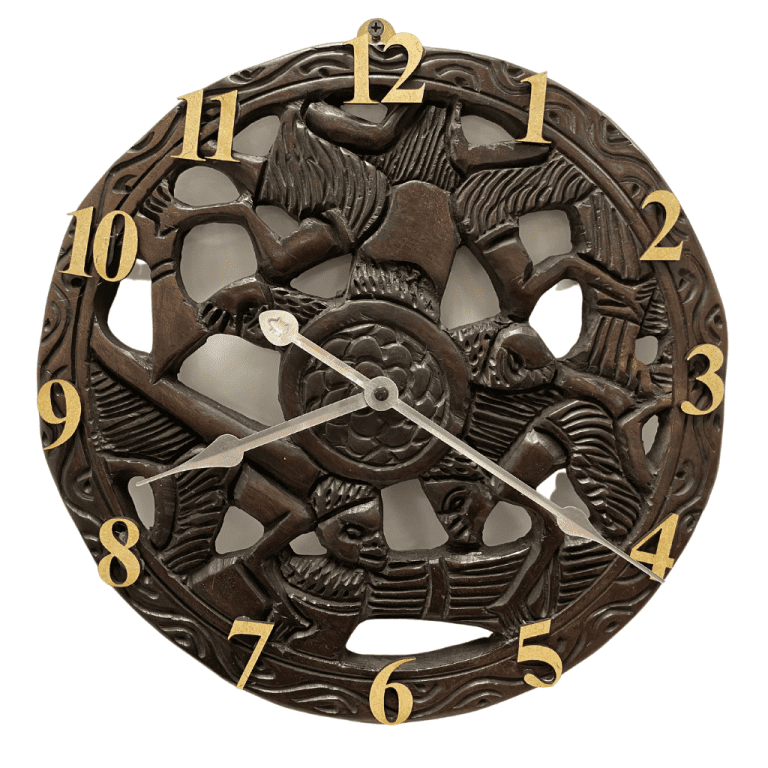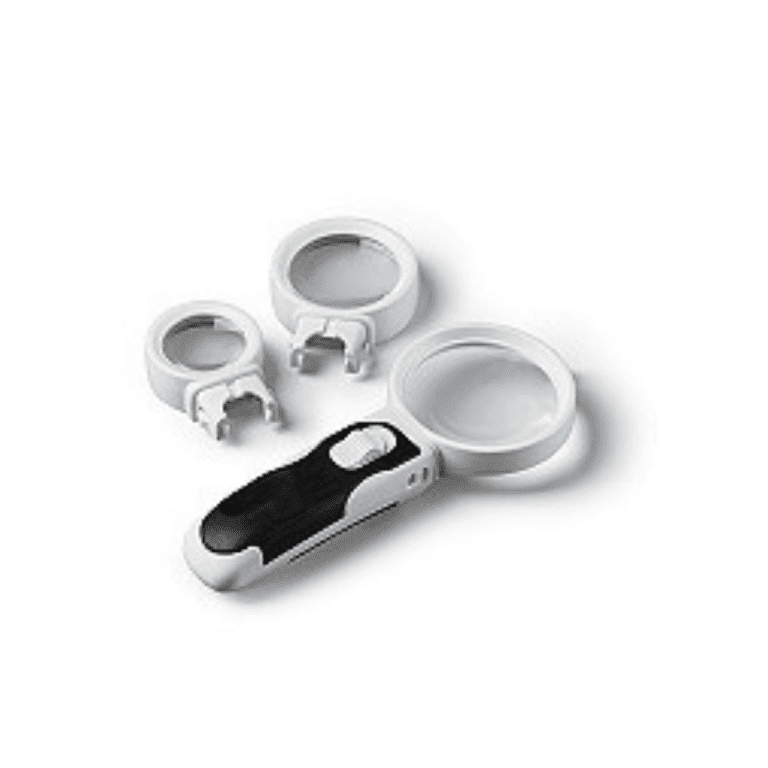What is a time clock?
A time clock, also known as a punch clock, is an analog or digital device that records the times at which employees begin and end a shift at their place of work. The primary function of a time clock is to track the total time that hourly employees work, the sum of which goes into calculating their wages for a pay period. That being said, some employers of salaried workforces keep time clocks as well, often to ensure that employees are fully working their agreed-upon hours.
Types of time clocks
There are various types of time clocks commonly used by employers. They are:
Mechanical
The mechanical time clock, also known as the punch-card time clock, is the most basic type. The machine has a slot into which an employer inserts a time card, which is often a thick piece of card stock with demarcated areas for receiving time stamps. At the beginning and again at the end of their shift, the employer inserts their time card into the machine. In many models, the act of inserting a time card automatically causes the time clock to print the time of insertion, but some models require the employer to pull a lever or press a button to actuate the mechanism.
Digital
A digital time clock follows the same concept as a mechanical model but incorporates computer technology. An employee can clock in and out in several ways, usually by scanning or swiping an ID badge or inputting a code. A digital time clock registers each scan and stores the date and time in a database. The system can automatically calculate total hours. The system administrator may allow employees to view clock-ins and clock-outs to ensure the data is accurate.
Biometric
A biometric time clock is a more sophisticated form of a digital clock. Instead of reading a card or accepting a code, it scans a biologically unique attribute of an employee, such as a fingerprint, handprint, iris or retina or the face. Upon hiring, an employee has a particular attribute inputted in the system, and they can use it thereafter not only to clock in or out but also to gain access to the building. The biometric system can prevent employees from clocking in or out for other employees, thereby ensuring a more honest tally of hours.
Pros and cons of using a time clock at work
Using a time clock at work can have both advantages and potential drawbacks:
Pros of using a time clock at work
There are several advantages of using a time clock at work for both employers and employees. These include:
Time tracking
For both employers and employees, the principal advantage of using a time clock is that it tracks time worked. On the employer side, it removes the necessity of monitoring arrivals, departures, the period of work in between and the extended periods of rest throughout. For employees, there’s no need to track their own hours and wages. The time clock, if used appropriately, does the work for them both.
Pay accuracy
Because time clocks track the hours that employees work, both employers and employees can feel confident that the pay employees receive is fairly accurate. The more sophisticated types of time clocks, in particular, can ensure that wage payments are neither over nor under the amount owed. In this regard, the use of a time clock can help to establish trust between management and employees.
Attendance
Time clocks can also function as proof of attendance, as every clock-in and clock-out represents a day in which an employee was present in the workplace. Taking note of attendance can be useful for evaluating an employee’s performance, as one who shows up reliably for their shifts can be considered a reliable worker. Furthermore, should there be a dispute relating to attendance, both management and the employee can refer to the time card to settle it.
Time boundaries
One of the advantages for employees is that the time clock establishes a system of boundaries concerning their time. For example, a particular employee may arrive on the premises before the beginning of their shift but may not be ready or willing to begin their shift immediately. Because they haven’t clocked in, it wouldn’t be appropriate for anyone to ask them for help or assign them a task just yet. This can help to ensure fair treatment of the employee and respect for their personal time.
Cons of using a time clock at work
There are also some challenges associated with the use of a time clock in the workplace. These include:
Trust
Though time clocks can help to foster trust in terms of the accuracy of wages, they can potentially present an obstacle to trust-building when it comes to maintaining professional relationships. This may be particularly true in small businesses, where the workforce and management work in proximity and know one another more personally. In a setting like that, the time clock may represent a system reliant not on interpersonal trust but on machine verification.
A solution to the above may be to practice leniency concerning the time clock policy. While encouraging appropriate use, allow that employees often forget to clock in or out and that the machine may malfunction. Actively and outwardly demonstrating that the management trusts the employees can prevent tensions.
Performance
Basing a system around a time clock can influence work performance in an indirect way. It naturally prioritizes time as the basis for wages. Employees are expected to arrive and later leave by a certain hour. It doesn’t necessarily promote productivity, though, as employees earn a predetermined wage regardless of their output.
This being the case, it’s important to institute a system that shifts the priority from time to energy. Consider implementing an employee recognition program that offers incentives for work well done. That way, employees are more likely to put in more effort during their shifts and feel appreciated for the value they provide.
Inaccuracy
Time clocks can be sophisticated machines, but there’s still the possibility of malfunctions and misreads concerning them. A digital system, for example, is susceptible to power or network outages and false acceptances of scans. In the event of such occurrences, it can be helpful to have a backup system. You might consider training managers to maintain hard-copy logs that acknowledge employee attendance on a given day and provide rough estimates of hours worked. Though such a system isn’t comprehensive, it can be useful for resolving disputes about attendance and shifts.
Credited to:https://www.indeed.com














